Notes Towards a Successful Photo Essay
Try again. Fail again ... Fail better?
‘Photo essay’ is one of those phrases that I like to roll around in my mind even if I don’t know what it means. Photo. Essay. An essay composed of photos? Sounds simple, but how do you go about creating one?
According to photography writer Sean O’Hagan, the pioneer of the photo essay is W. Eugene Smith. His 1948 series for Life magazine, Country Doctor, is “recognised as the first extended editorial photo story.”
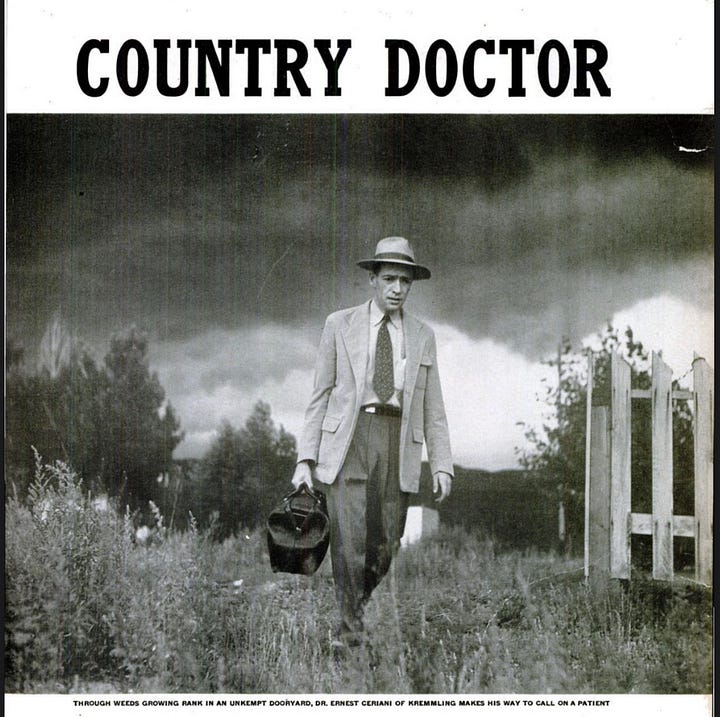
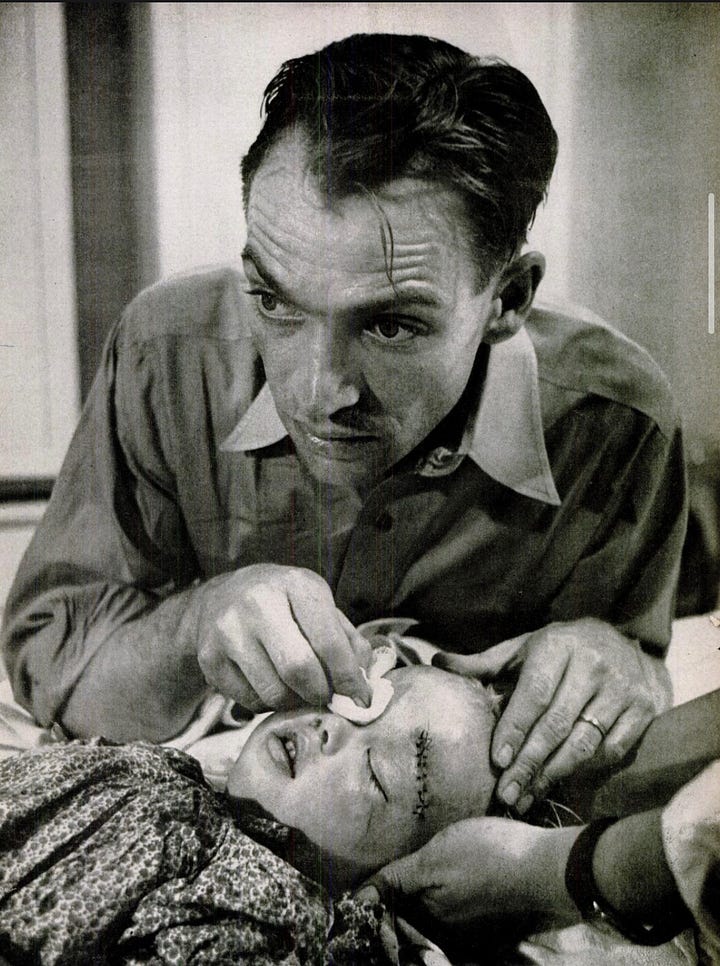
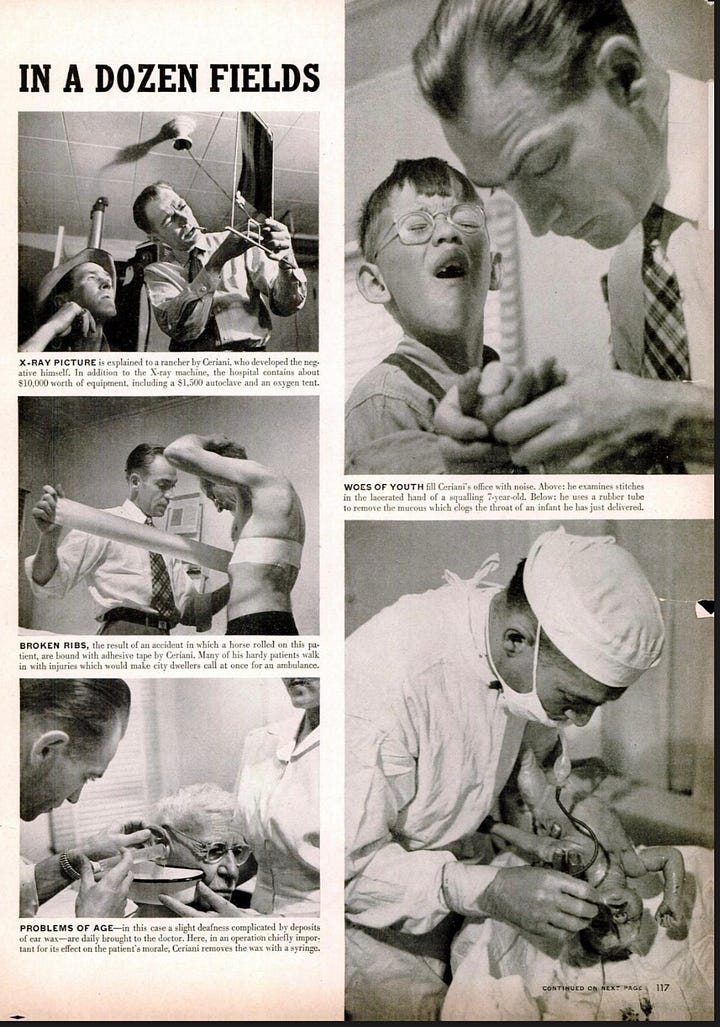
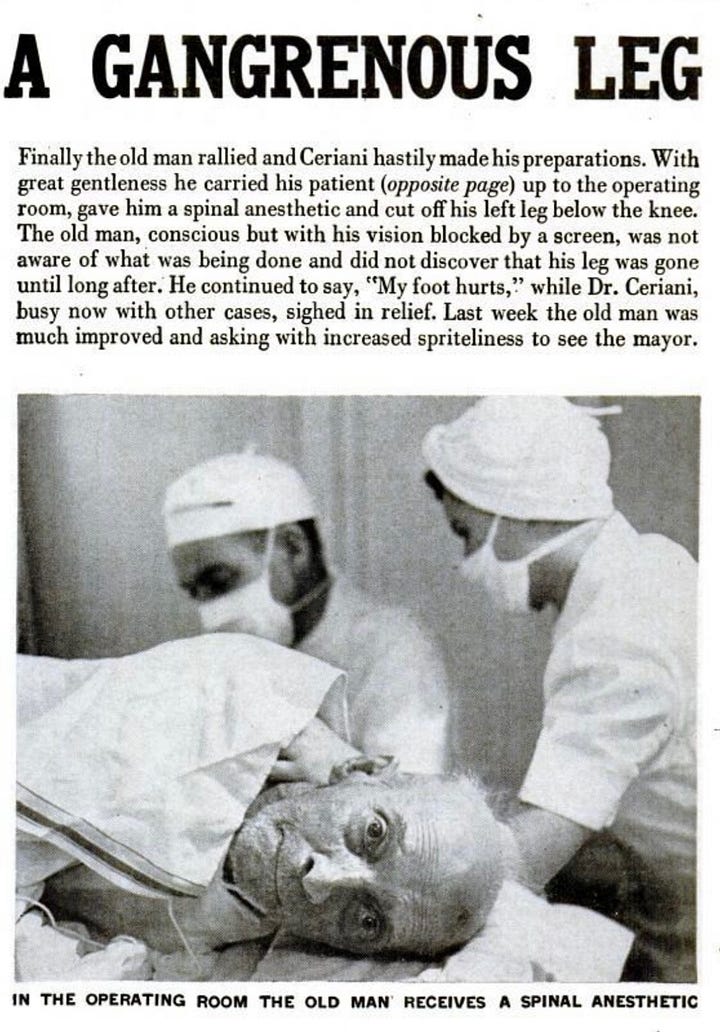
What’s remarkable about these images is that the story emerges from observation instead of a preconceived narrative. Smith had been commissioned to draw “attention to the national shortage of country doctors.” What he produced is a beautiful insight into life and death in remote villages.
Earlier this year, I bought a new camera in the hope of going beyond casual smartphone photography. It is mirrorless and not as bulky as an SLR but it is still big enough that I have to make a conscious decision to take it out. A trip to Porto provided the opportunity to experiment with it. Yet, as we began our descent, I still didn’t know what I wanted to take photographs of.
Perhaps it could be a series called 48 Hours in Porto? No, too vague. Where is the hook? Slideshows of holiday photos were once considered a byword for boredom. Nowadays we do it all the time on social media.
Street photography? I enjoy the work of
. She keeps her eyes open and captures everyday life. But Lewis acknowledges “the dismay of those with whom” she travels as she brings out the camera for the umpteenth time. I was on holiday to relax with my wife and couldn’t spend all my time taking photos.Travel photography? No. The last thing I want is to take clichéd photos that belong on a tourist website, even if I did once make such a website myself. What is the point of taking another photo of the Torre de Clérigos? It may feel impossible nowadays, but we have to at least try and see the world anew.
As a design nerd, I could have collected examples of Portuguese typography. There are a lot of interesting examples but it is not very photographic. I could do it just as well with a smartphone.
I soon became aware that I haven’t mastered all the dials and buttons on my camera. Any attempt to go beyond automatic mode produced less than impressive results.
I tried to do what I always do when I haven’t got a specific topic and observed the interaction of light and shadow.
I looked for moments when the world seemed to create a visual pun but didn’t have time to wait around. Mark Coles recently told me he sat for an hour to get this shot. This dedication is admirable and no doubt necessary, but I am too impatient.
Nonetheless, a theme did emerge: the impact of tourism on the city.
We go on holiday because we want to have an authentic experience. Before the arrival of tourists, people live their lives unselfconsciously. The first travellers observe what is distinct about the place and tell people back home about it. Later travellers want the same, forcing the restauranteurs and souvenir shops to submit to their demands.
I thought about asking the locals about the economic impact of Airbnb on the city. Everywhere we went we saw these lockboxes that landlords use to allow holidaymakers to get into a flat.
Is the impact of tourism a good enough subject for a photo essay? Maybe it is still too broad. The beauty of Country Doctor is that it focuses on the trials of a specific doctor.
I can imagine a Martin Parr-style collection of photos of people staring at their smartphone screens.
The most intense experience I had in Porto was in Livraria Lello, acclaimed as “the world’s most beautiful bookshop”. It is famous for its sinewy Art Deco staircase, but the main thing about it is that it is full of tourists.
In such a place you can point your camera anywhere and no one will think you’re doing anything other than taking photos of the architecture. They won’t know that your interest is sociological.
I don’t know if it is a lack of mastery with the camera or a lack of talent but I am not happy with any of the photos in this post. There’s no hook, no vitality. Even so, it has been instructive to publish them here and wonder what a future photo essay might look like.
The best way to improve is, to paraphrase Beckett, by trying, failing, and then failing better. In this spirit, I was going to call this post ‘Notes on a failed photo essay’ but decided against it. It’s easy to overlook what is successful if you are constantly thinking about failure.
“You learned what didn’t work. Now you won’t make the same mistake twice, but you’re just as likely to make a different mistake next time. You might know what won’t work, but you still don’t know what will work.“
So what was successful? What worked? The photographs I like most are those that look a little bit broken or are framed unconventionally. I like those photographs that have movement and humanity.
What have I learned?
Here are five suggestions—to myself—that will hopefully lead to a more successful photo essay next time.
Dedicate yourself to your photo essay. Don’t do it as a side-effect of being on holiday. Go off on your own and get the right shot.
Without a commission, you need to spend at least a day discovering a specific theme or story that interests you.
Take lots of shots but try to master the settings on the camera.
Think of unconventional ways of illustrating the story. Zoom in and zoom out.
Capture humanity. That is what draws us in. Talk to the people in the shots if you can.
What do you think makes for a great photo essay? Let me know in the comments.
P.S. While I was writing this post I chanced upon
‘s photo essay on the world’s largest printing press. Although better known as an editor and political commentator, I hope Kenny Farquharson does more photo essays. He captures the balance between humanity and machinery beautifully.


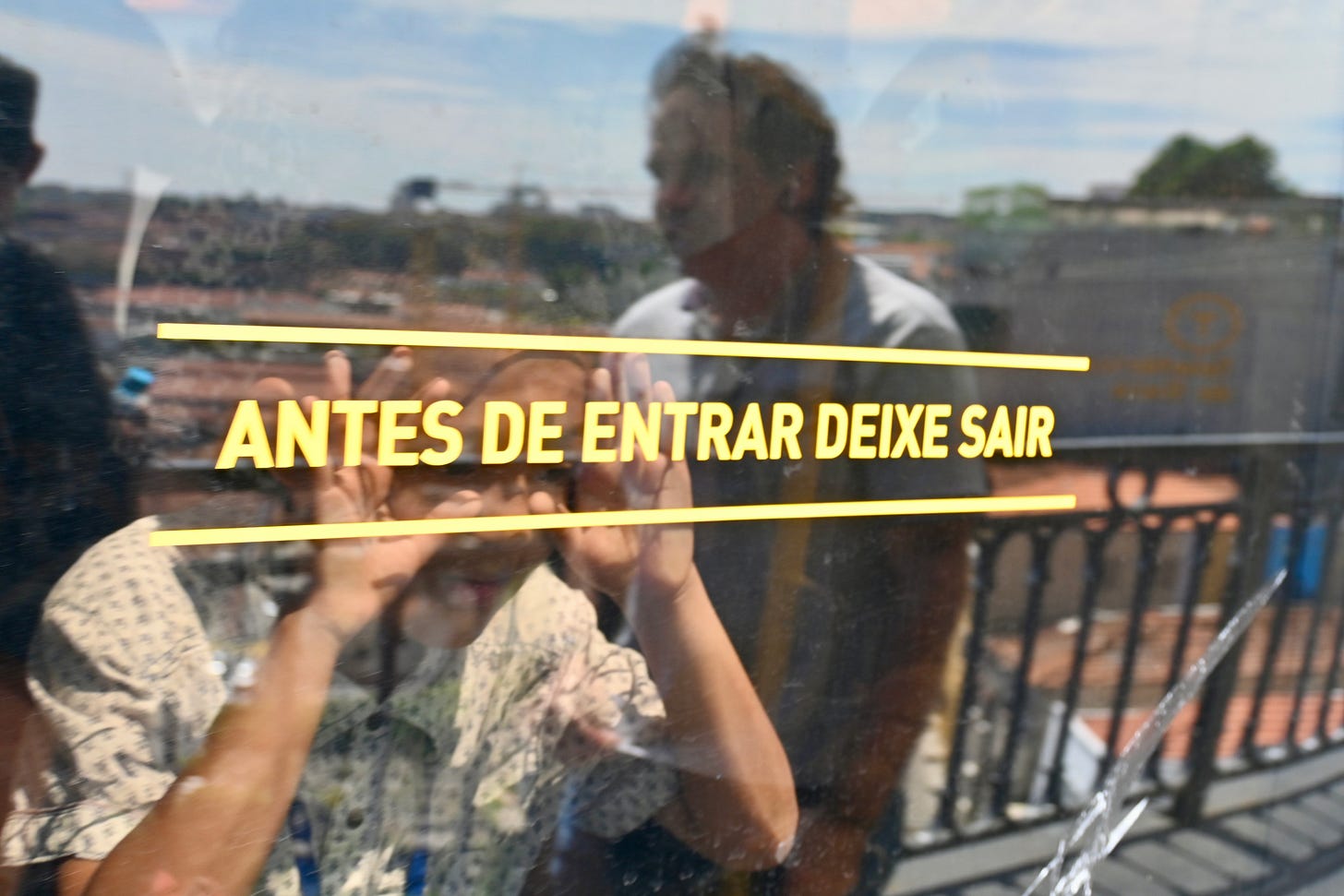
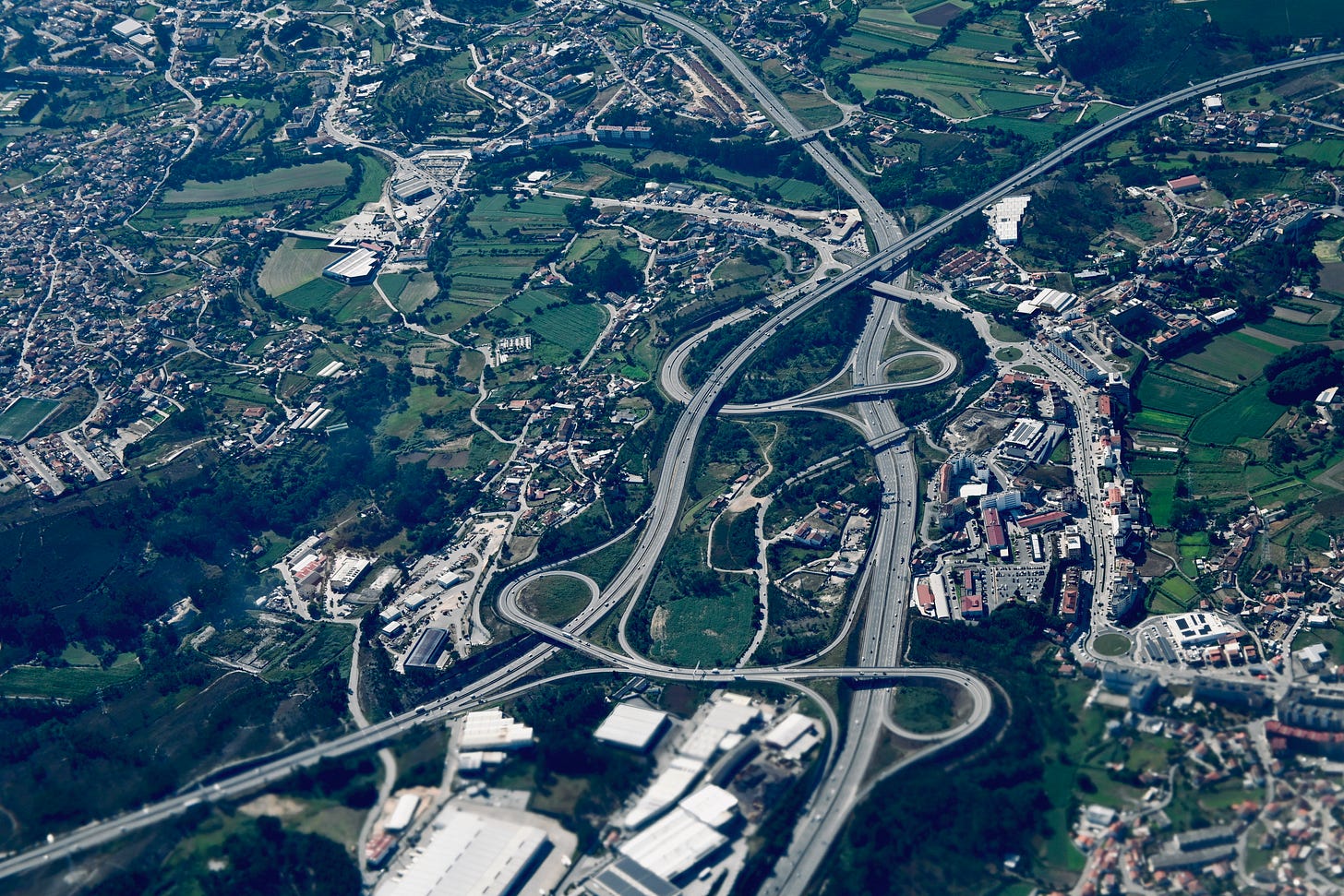
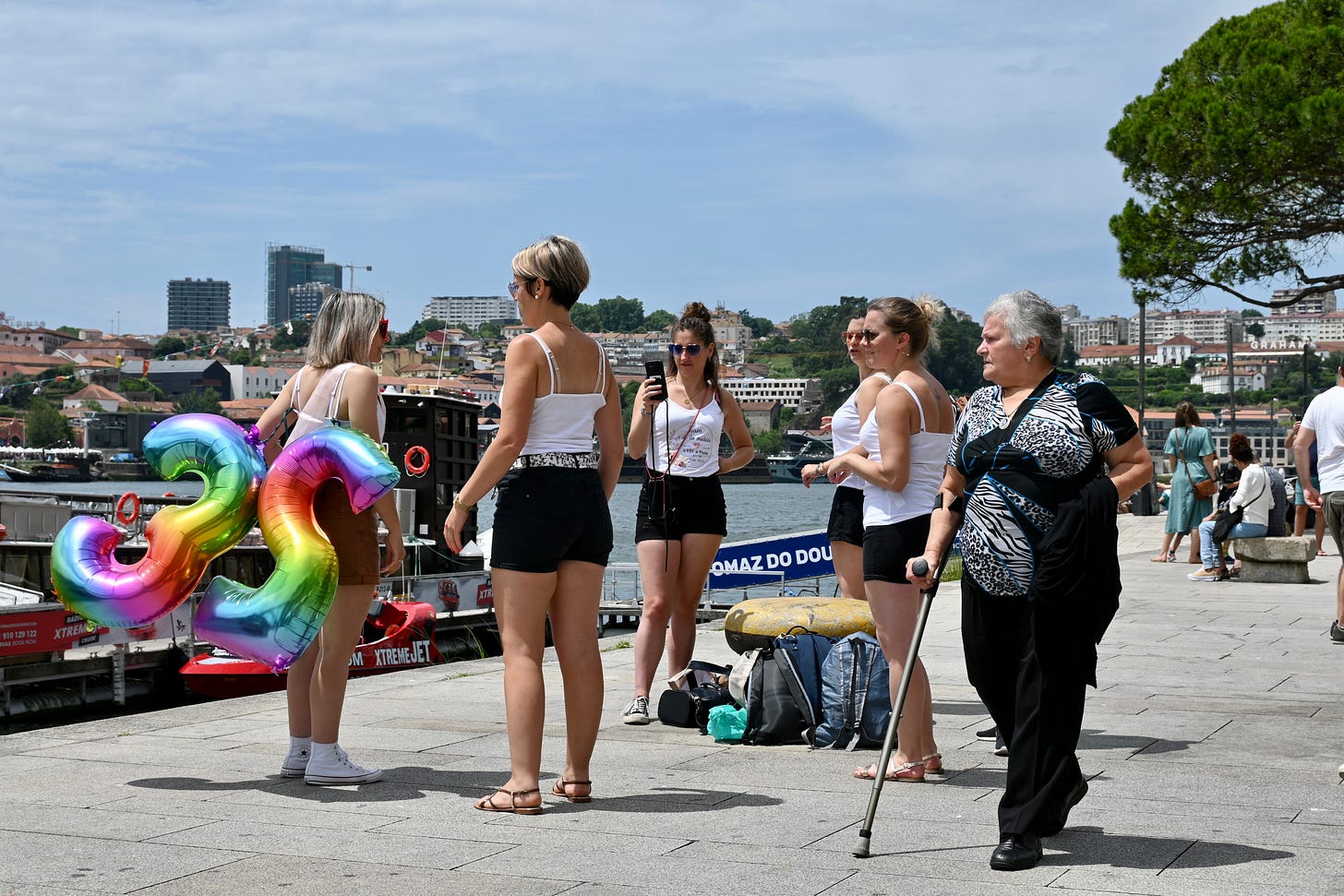

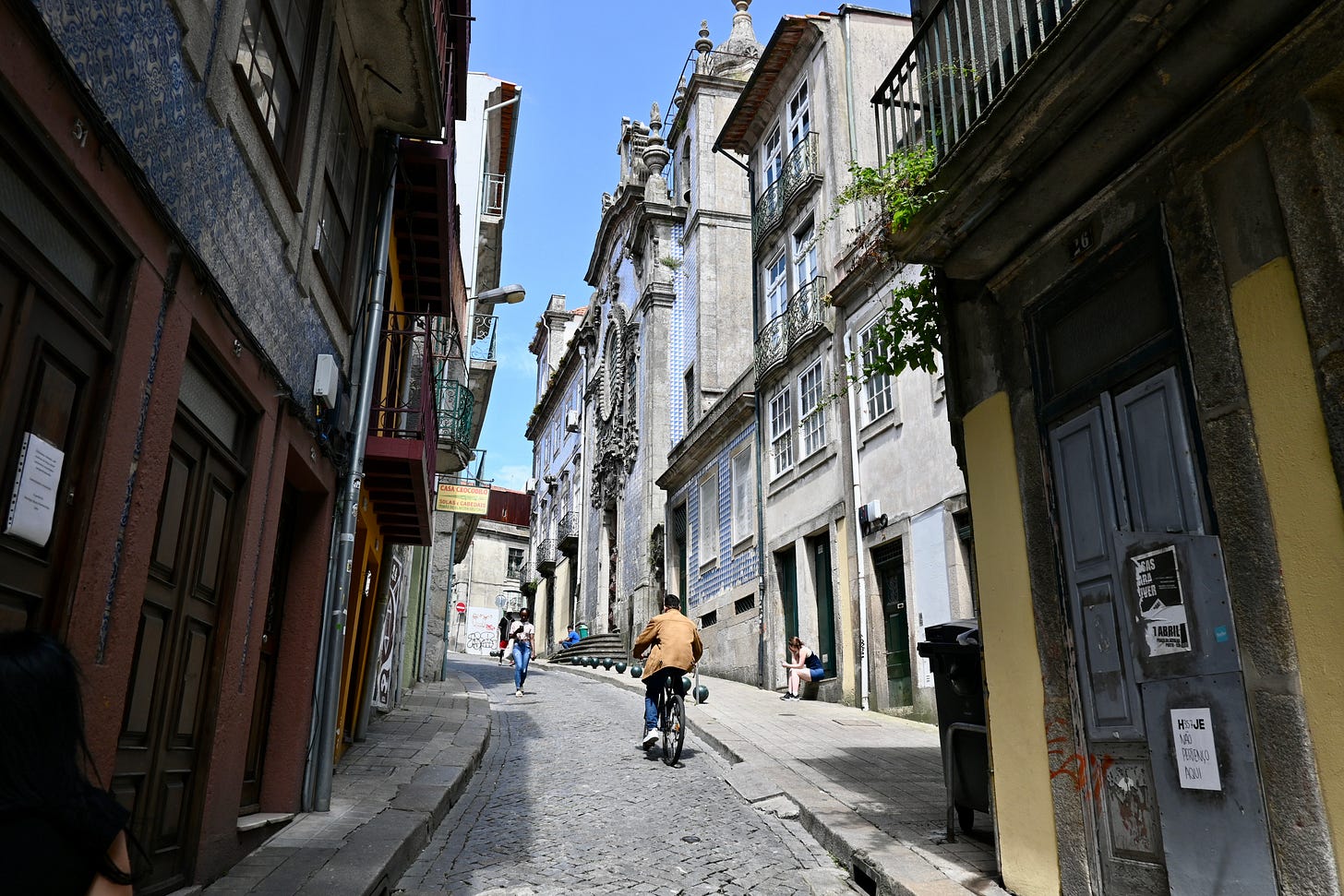
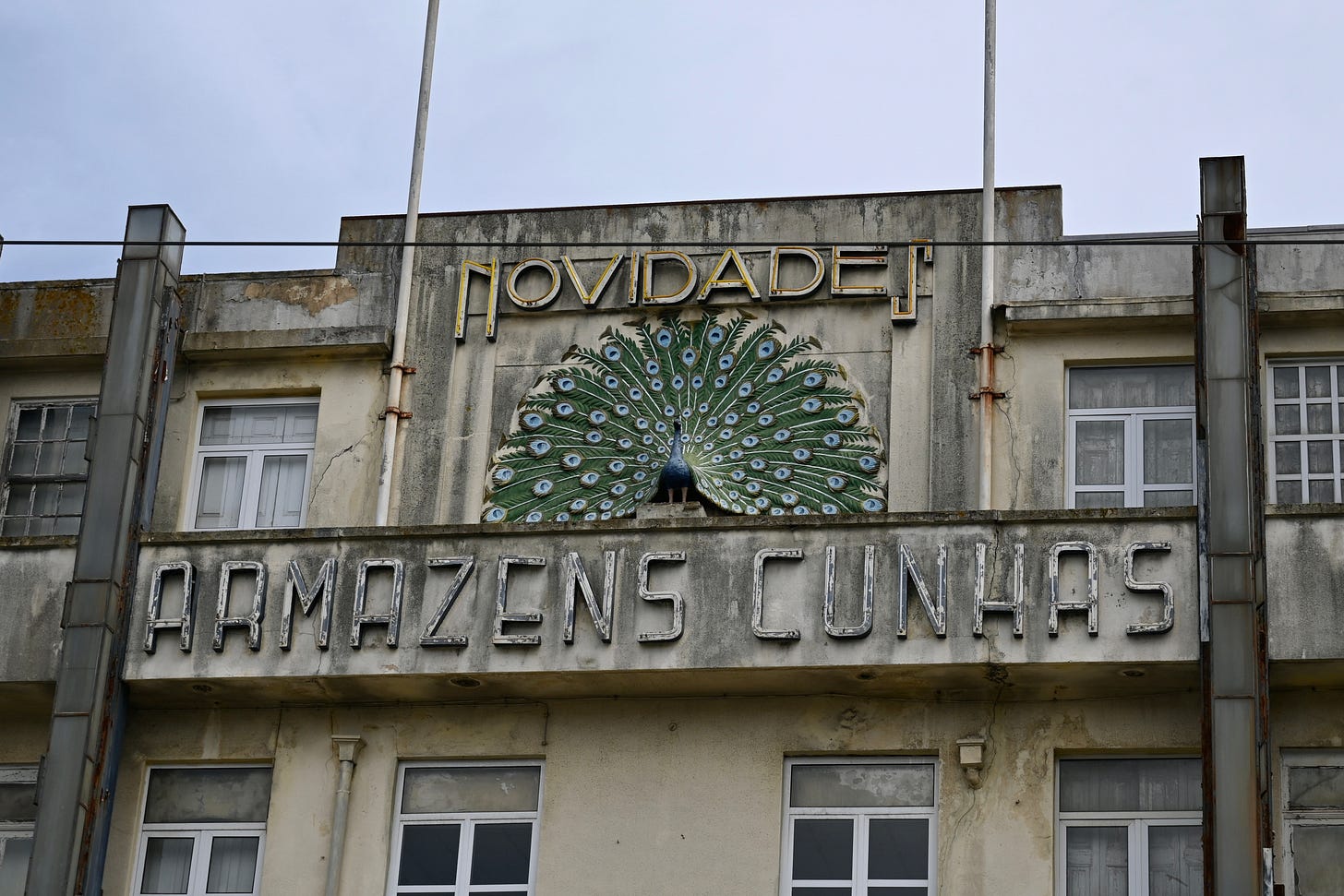
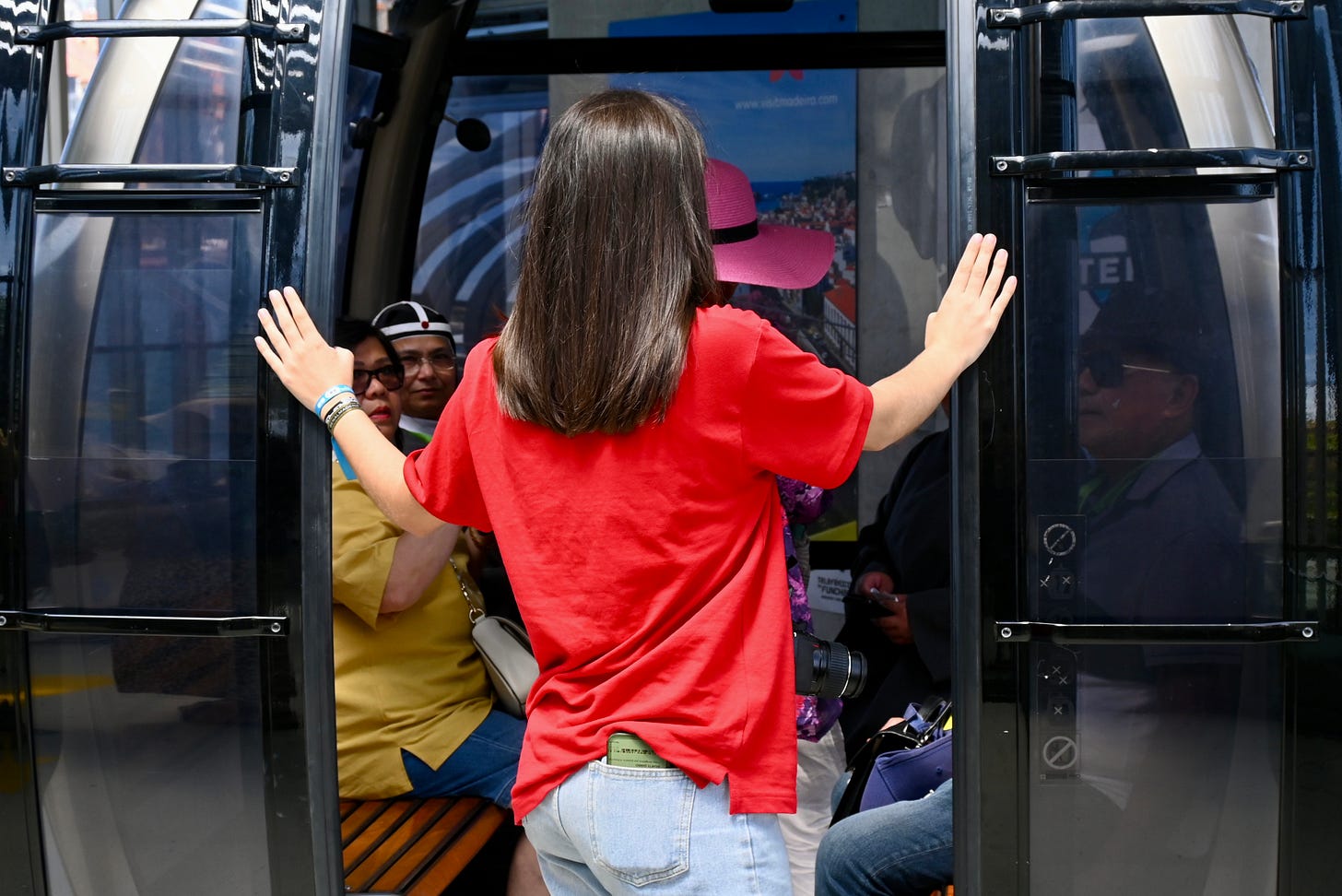
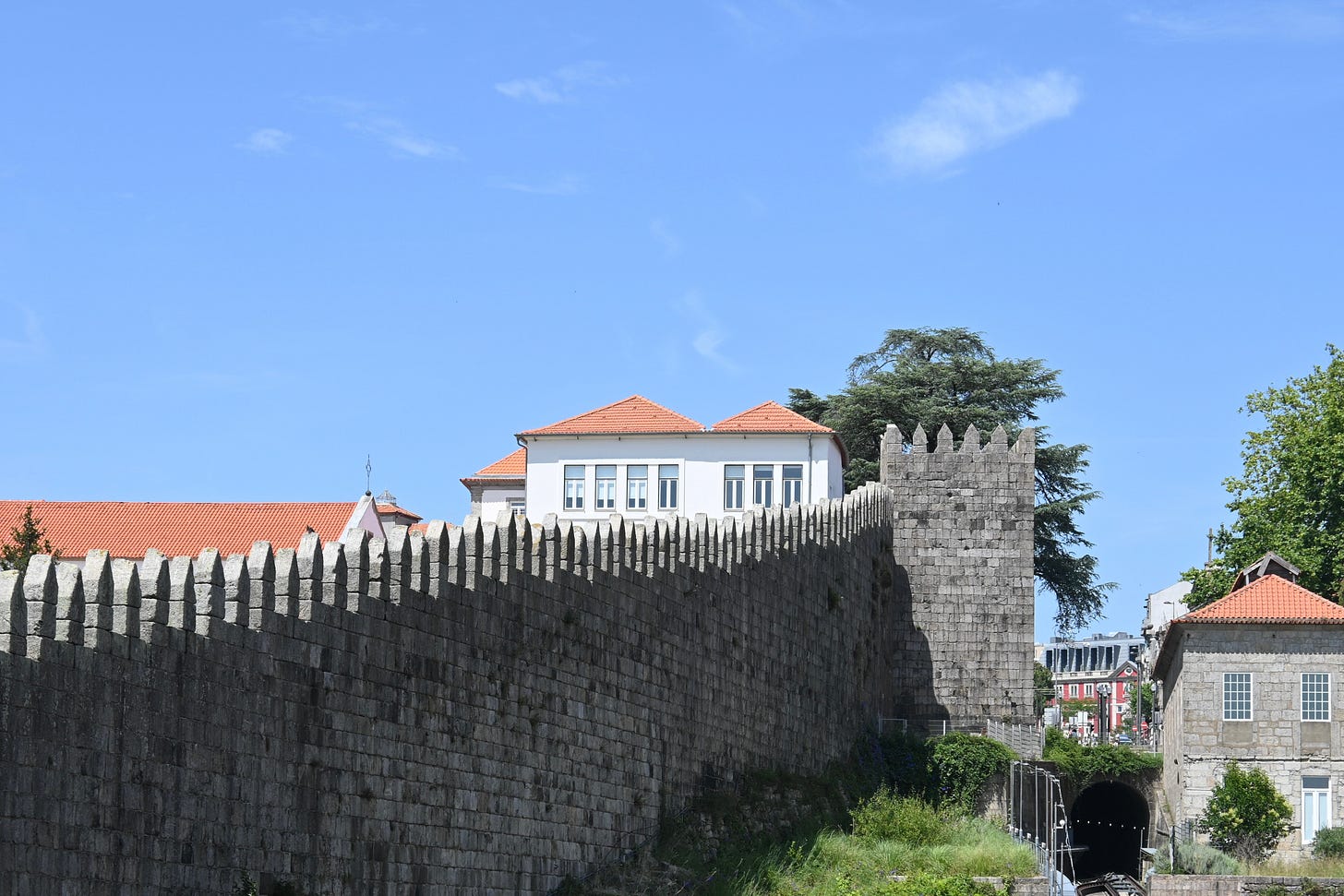

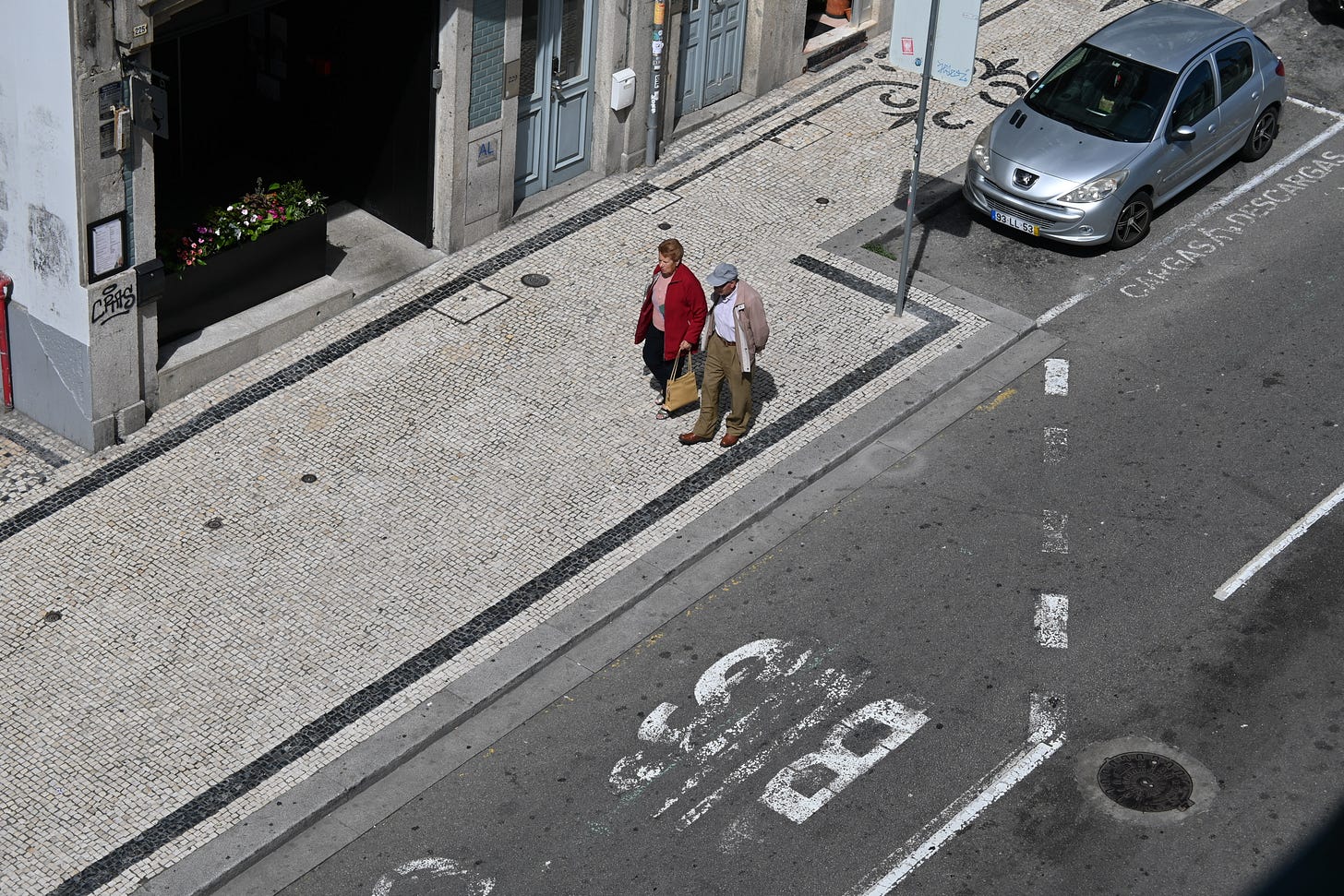
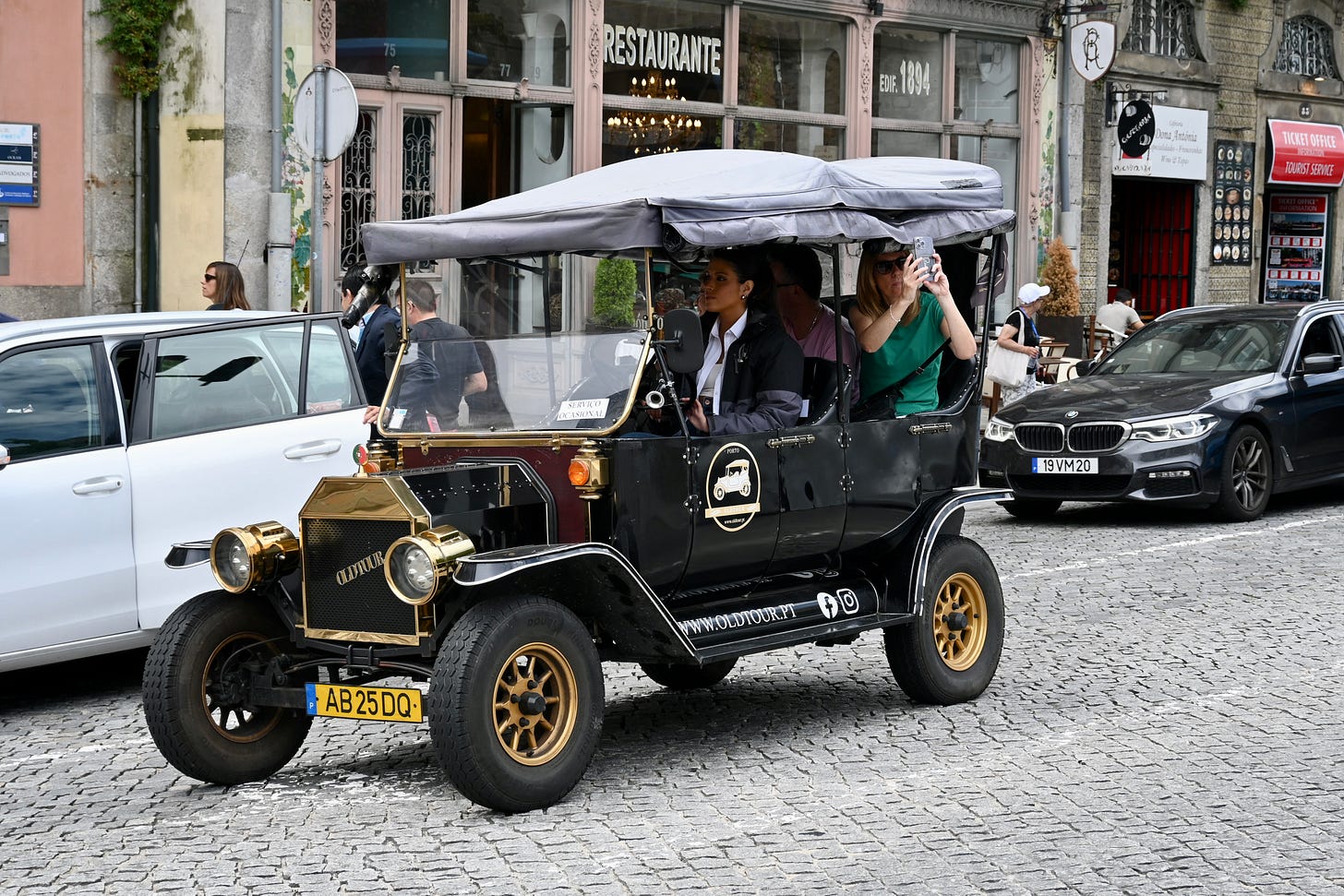
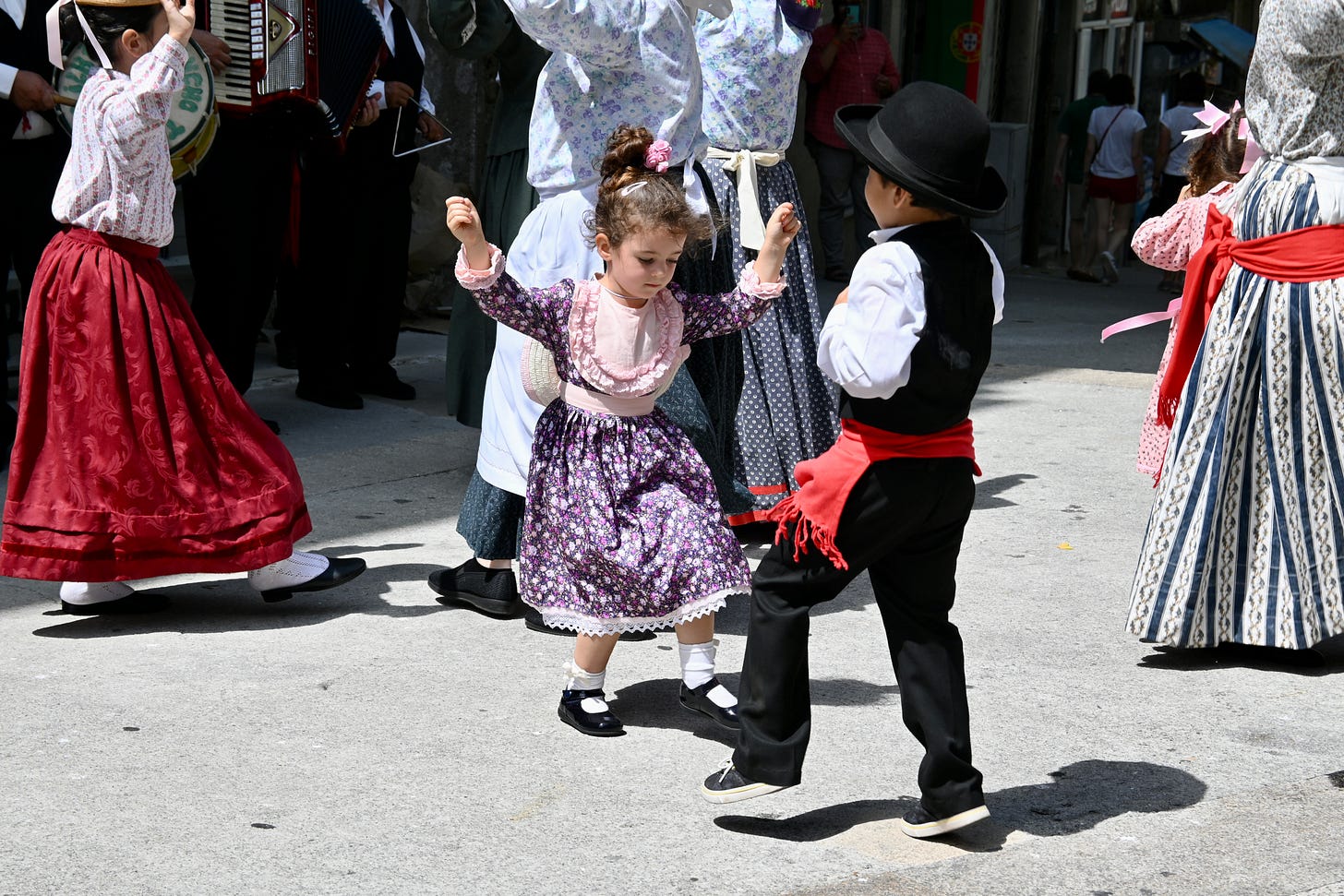
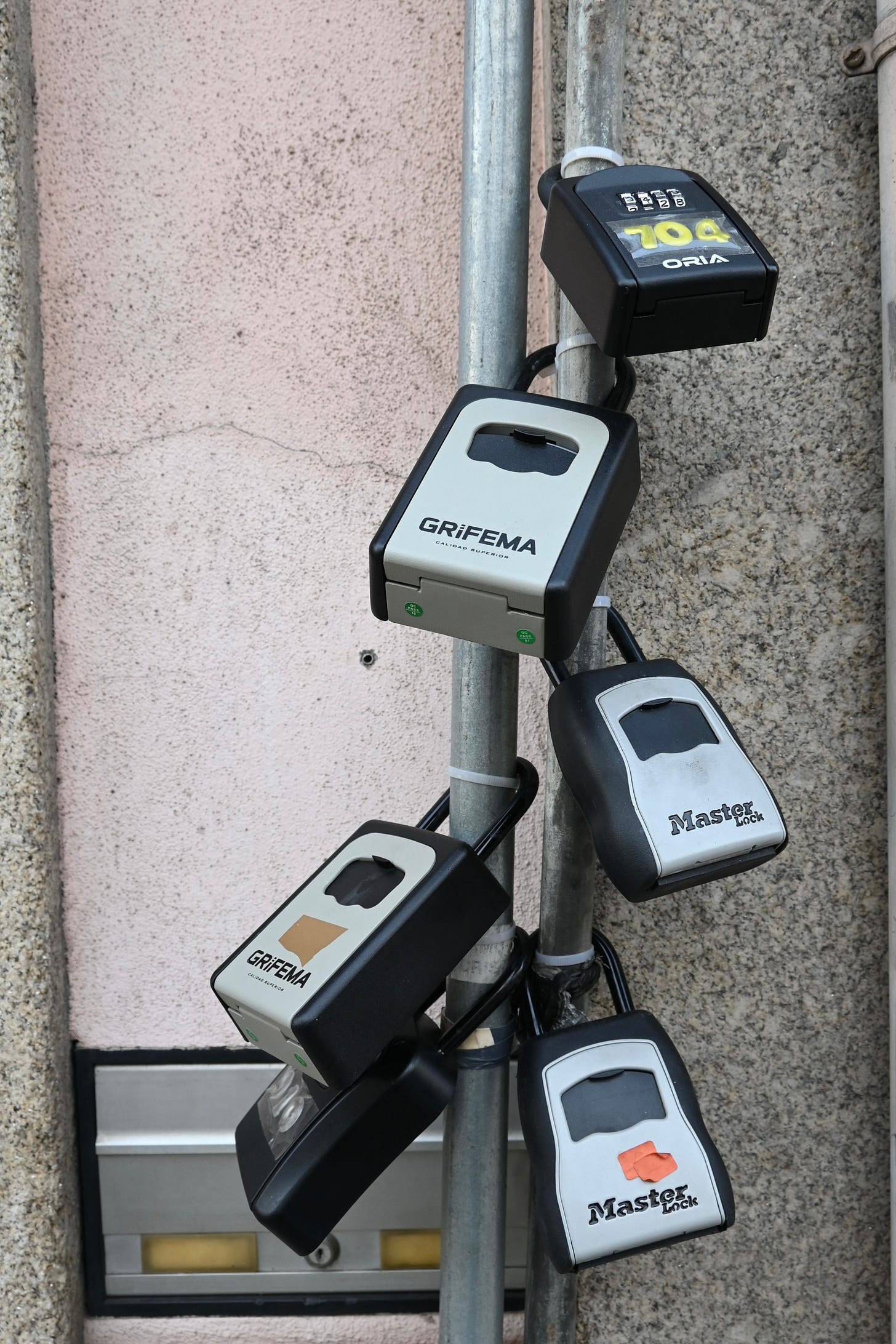
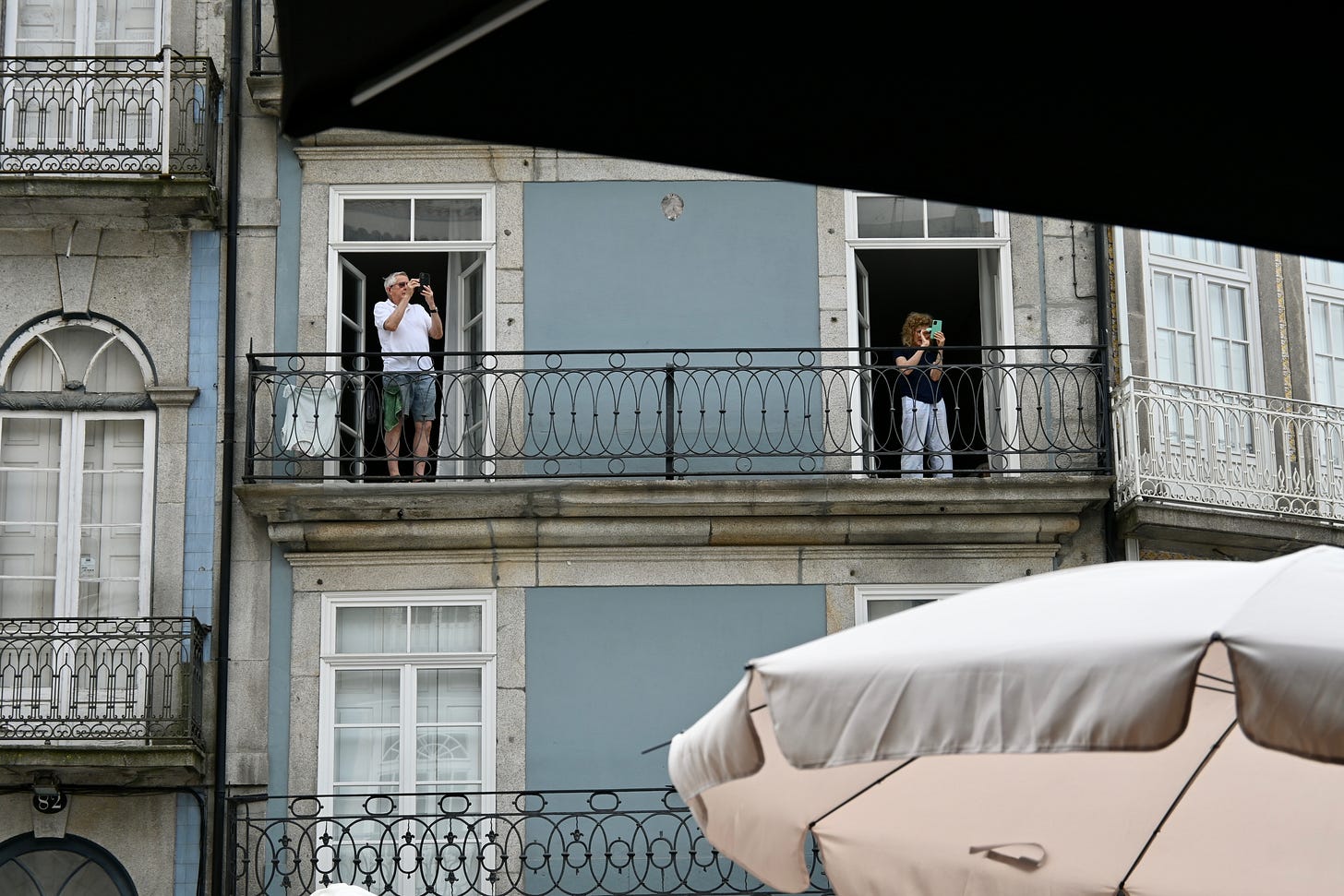
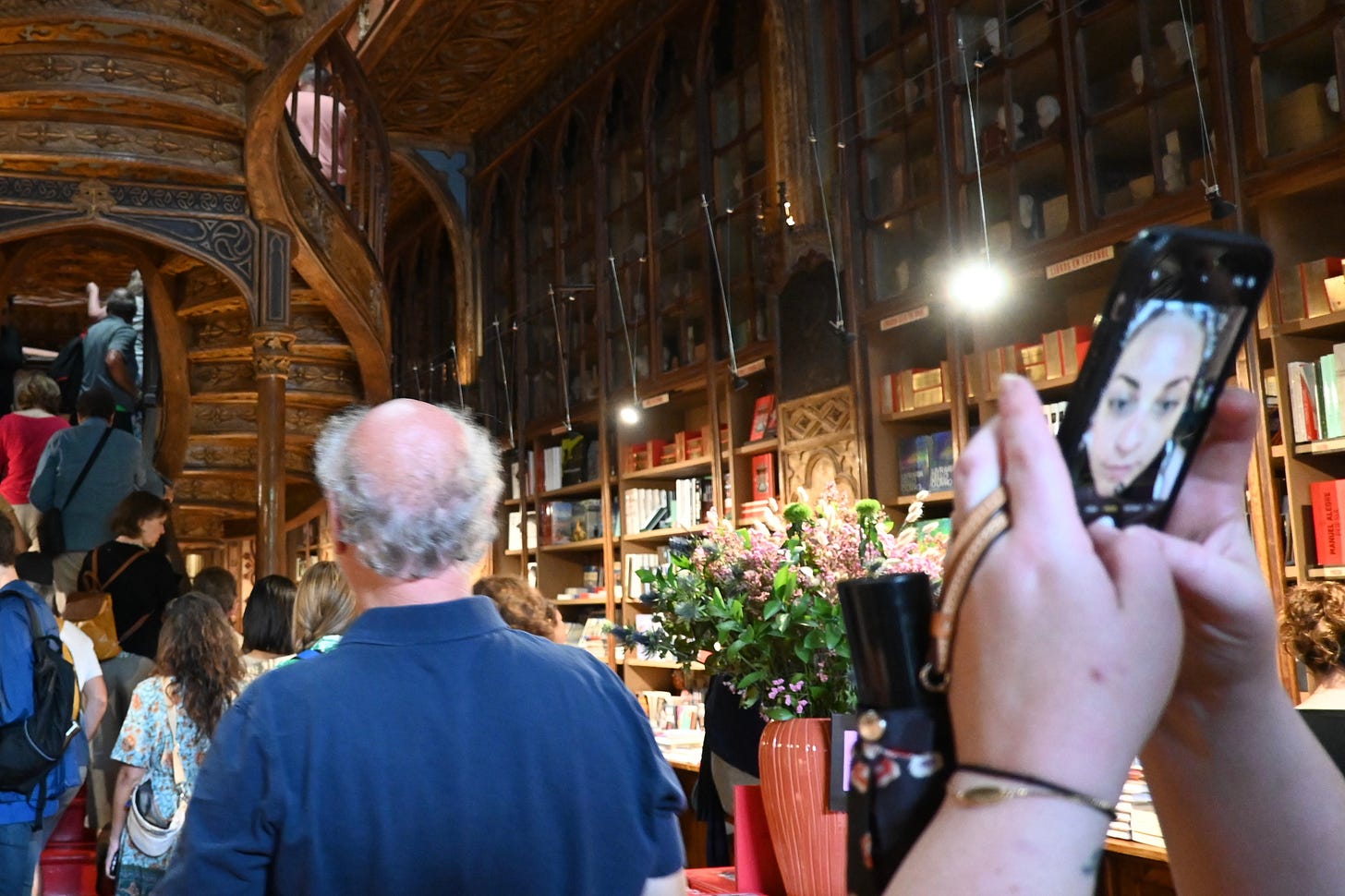
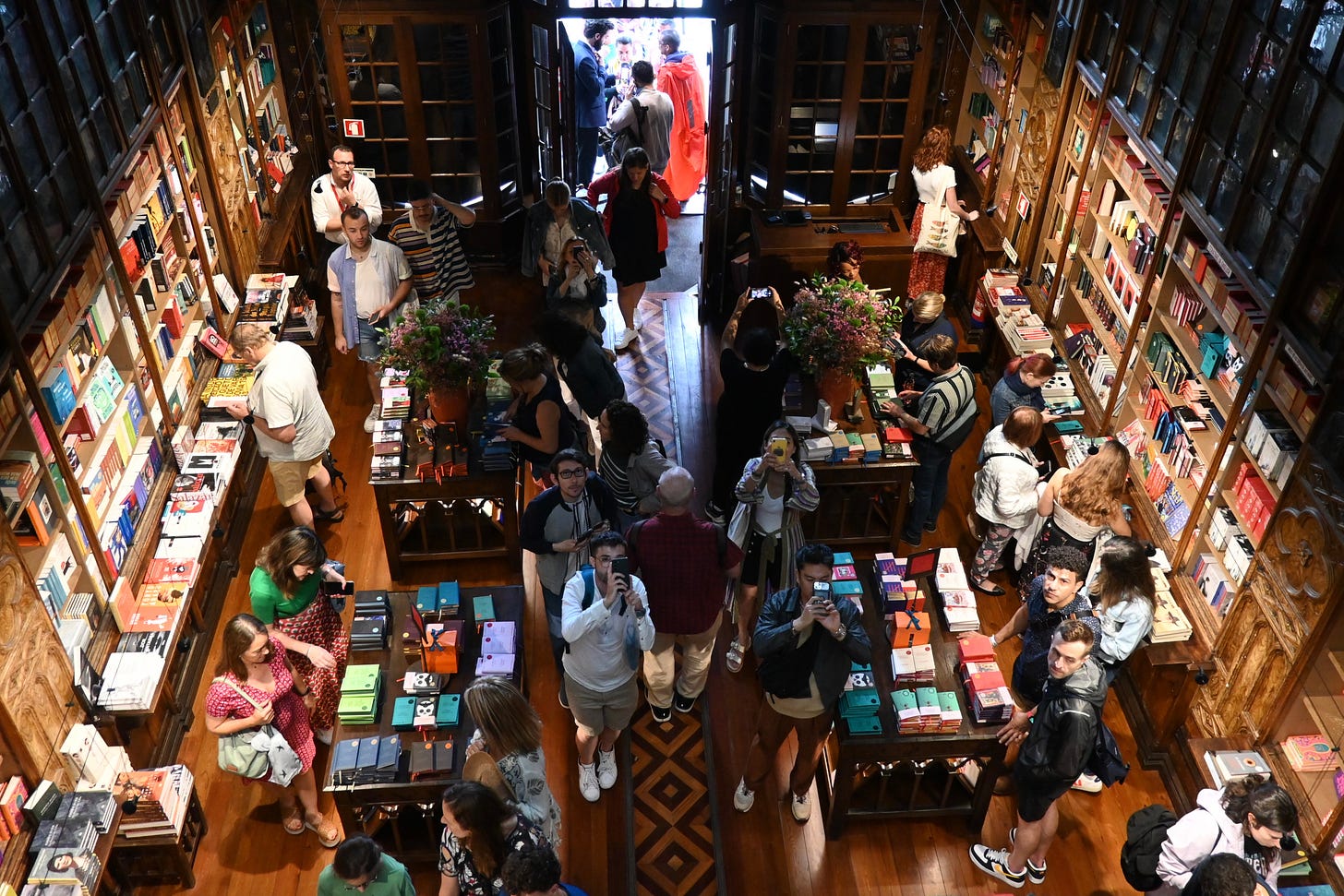

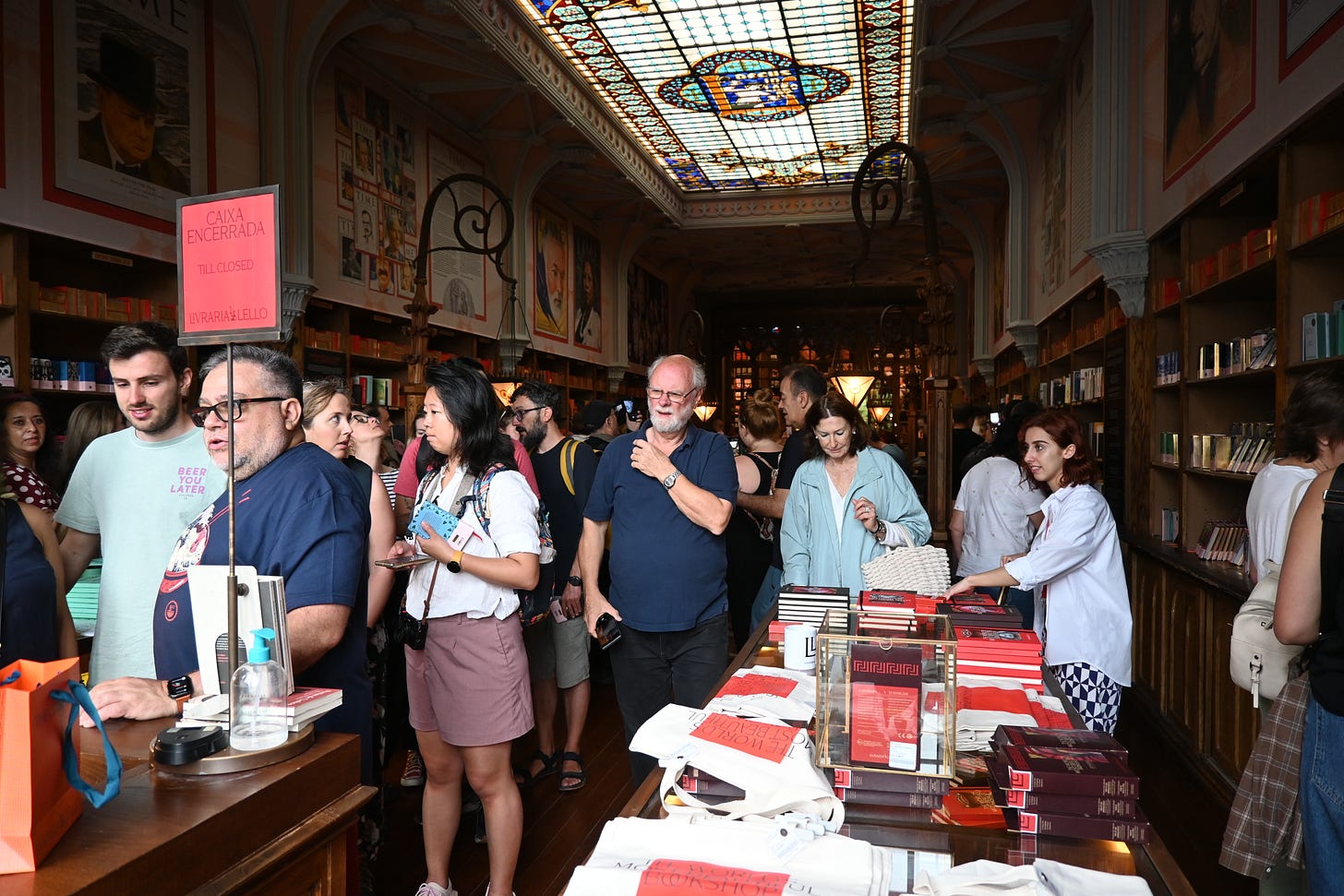
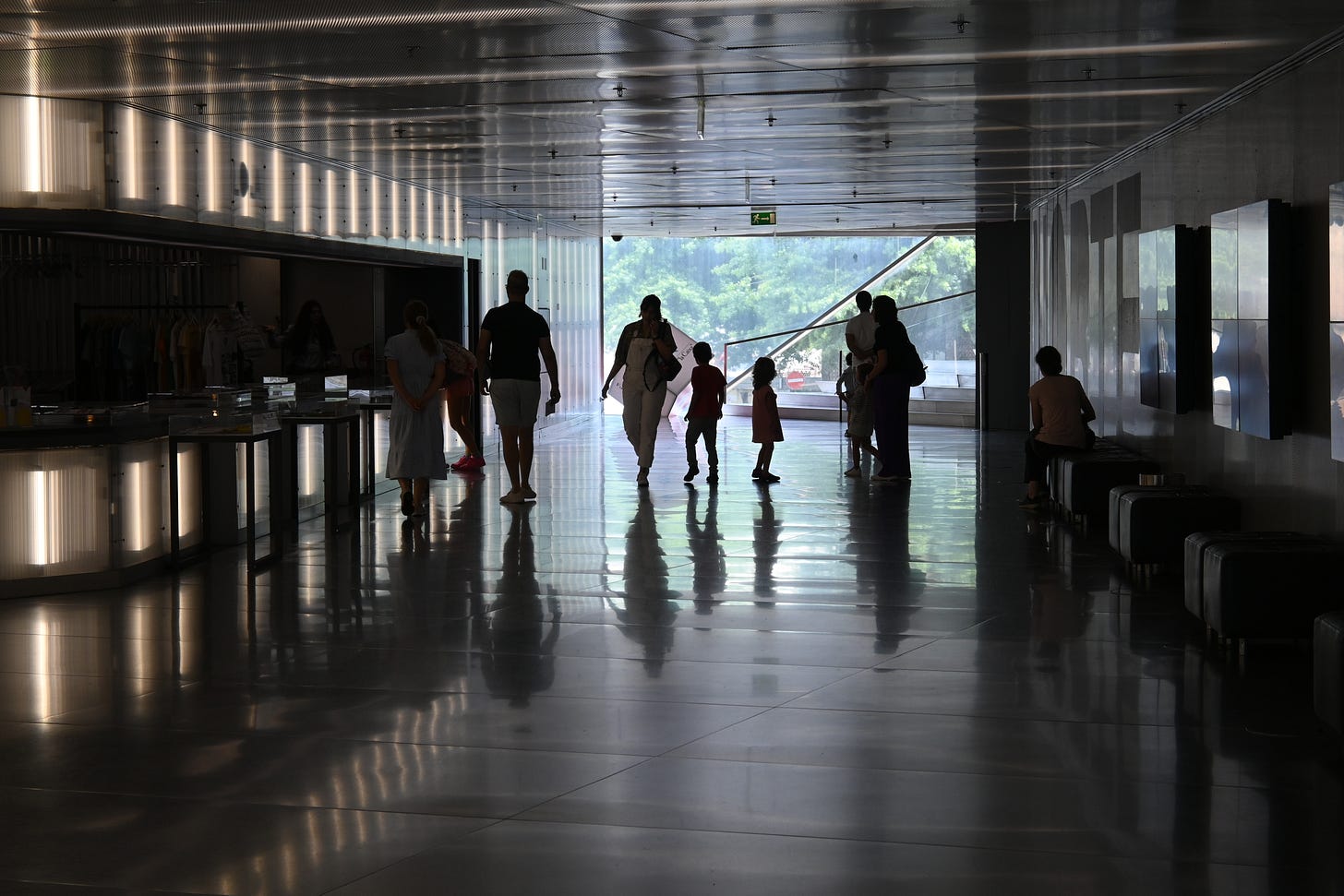
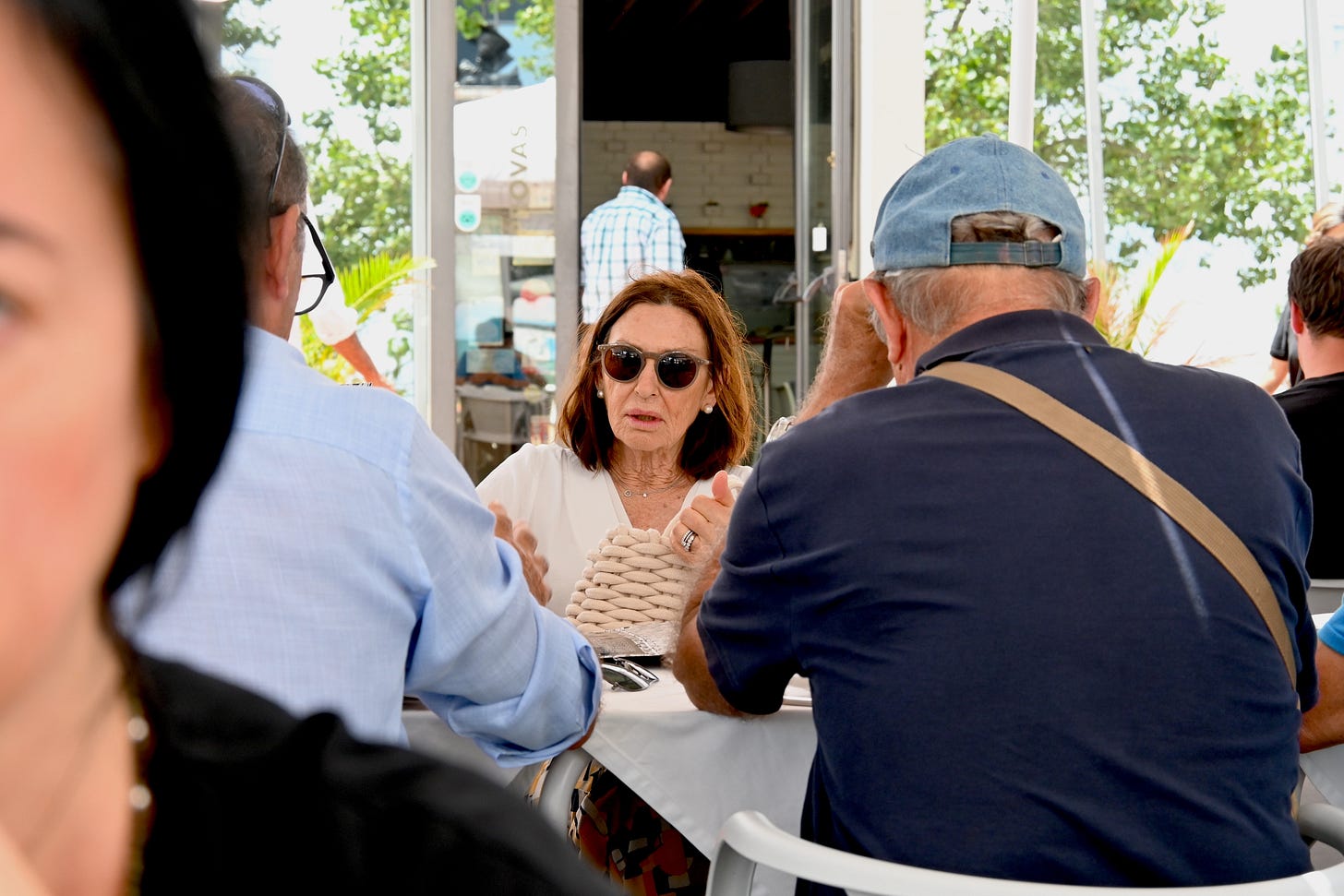
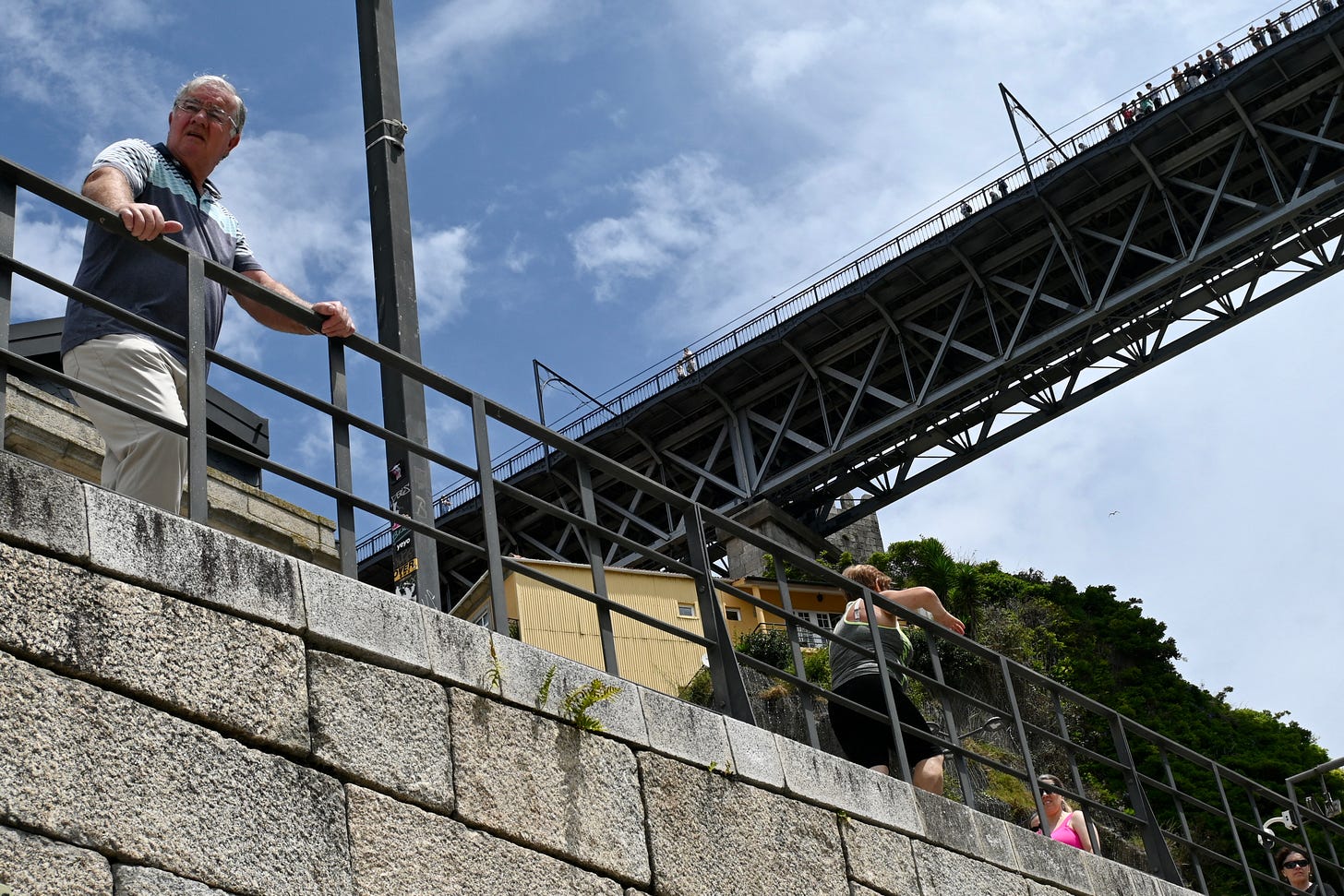

It is indeed difficult to both get used to a new camera and to find a theme. I know I struggle with that all the time, so I let my gut guide me with no preconceived ideas. May not be the best approach, but it takes the pressure off and lets me enjoy just photographing whatever catches my eye.
Nice shots by the way. I especially like Casa del Musica and Lunch in Gaia.
And thank you so much for the mention!! :)
Great to see Porto through your eyes! I used to go to. Lello with my grand father and it was a normal book shop. thanks Neil!!